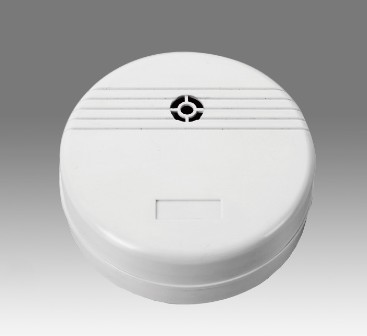Water and gas alarms offer crucial protection for homes, safeguarding against potential leaks and hazards that could lead to costly damage or even endanger lives. Installing and integrating these alarms into existing home systems is generally a straightforward process, designed to be accessible for homeowners. Let's delve deeper into the installation and integration of water and gas alarms.
Water alarms serve as early warning systems for leaks, helping to detect moisture before it has the chance to cause significant damage. Most water alarm systems consist of sensors strategically placed in areas prone to leaks, such as near water heaters, sinks, and appliances. These sensors are connected to a central alarm unit, which can emit audible alerts or send notifications to your smartphone or home automation system.
Installing water alarms typically involves a few simple steps. First, identify the locations where leaks are most likely to occur and place the sensors accordingly. These sensors are often equipped with adhesive backing or mounting brackets for easy installation. Once the sensors are in place, connect them to the central alarm unit following the manufacturer's instructions. This may involve plugging them into the unit directly or syncing them wirelessly.
Integrating water alarms into existing home systems is also relatively straightforward. Many modern water alarm systems are designed to be compatible with popular smart home platforms, such as Google Home or Amazon Alexa. This allows you to receive alerts and monitor your water alarm system remotely through your smartphone or voice commands.
Gas alarms serve a similar purpose, detecting leaks from natural gas or propane appliances to prevent potential fires or explosions. Like water alarms, gas alarm systems typically consist of sensors placed near gas appliances and a central alarm unit.
Installing gas alarms follows a similar process to water alarms. Begin by identifying the locations of gas appliances in your home and placing the sensors nearby. These sensors may detect gas leaks using various technologies, such as electrochemical sensors or infrared detectors. Once the sensors are installed, connect them to the central alarm unit and test the system to ensure it is functioning correctly.
Integrating gas alarms into existing home systems can provide added convenience and peace of mind. Many gas alarm systems offer options for remote monitoring and control, allowing you to receive alerts and manage the alarm system from your smartphone or computer. Additionally, some gas alarm systems are compatible with home automation platforms, allowing you to automate responses to gas leaks, such as shutting off the gas supply or activating ventilation systems.
While installing and integrating water and gas alarms into existing home systems is generally straightforward, it's essential to follow the manufacturer's instructions and guidelines carefully. If you're unsure about any aspect of the installation process, consider consulting a professional to ensure proper setup and functionality. By investing in water and gas alarms and integrating them into your home systems, you can protect your property and loved ones from potential hazards and costly damage.